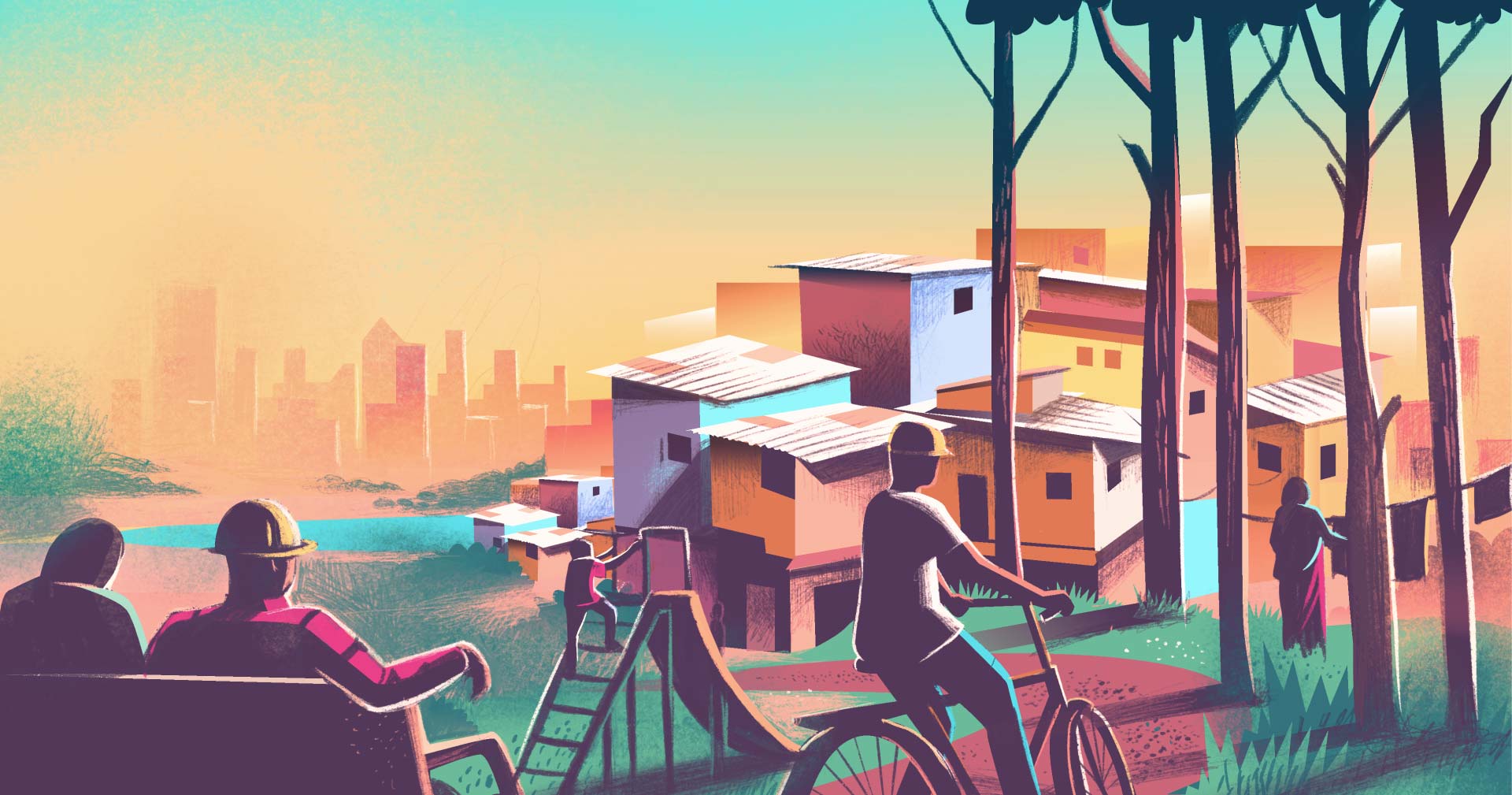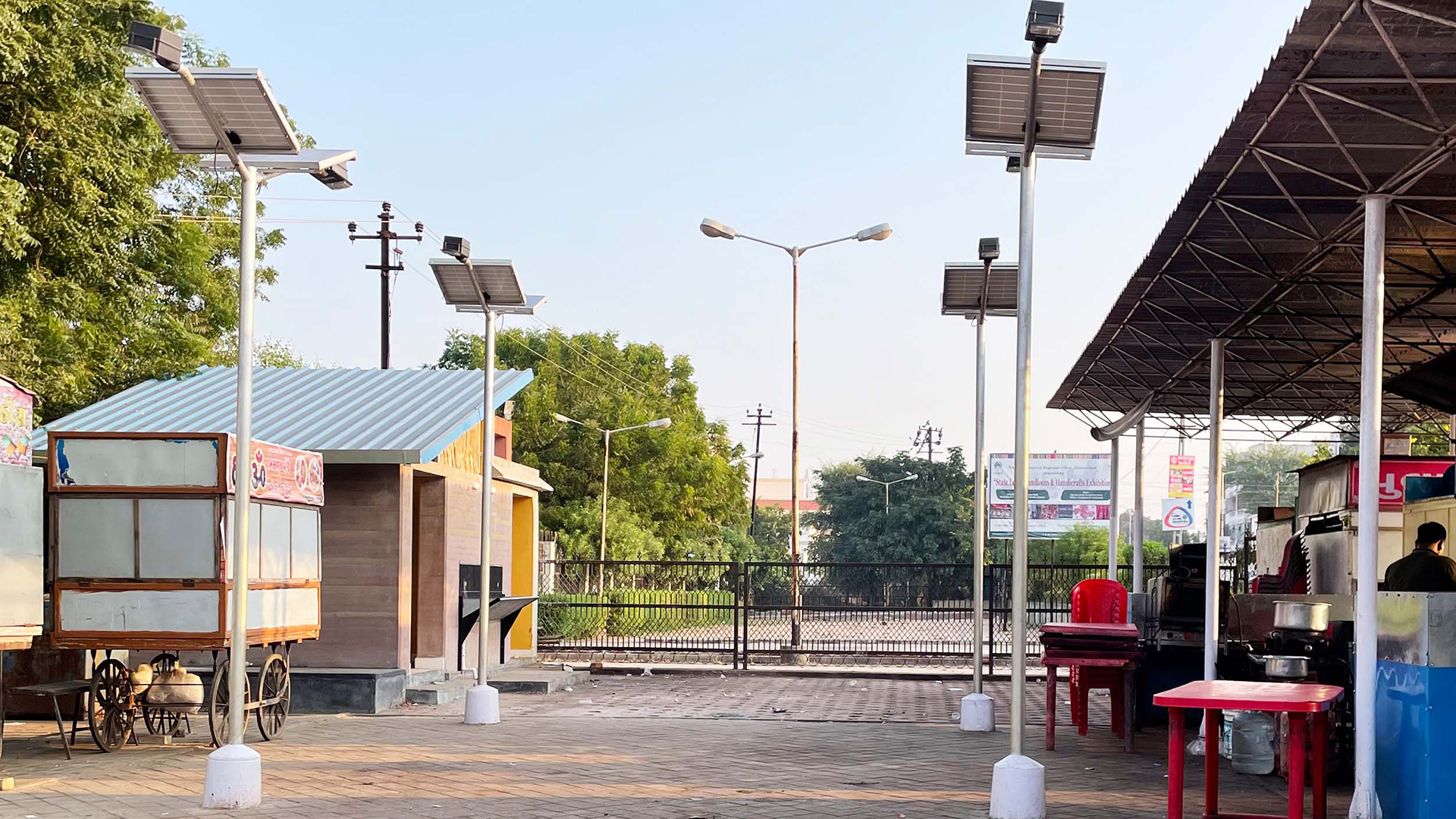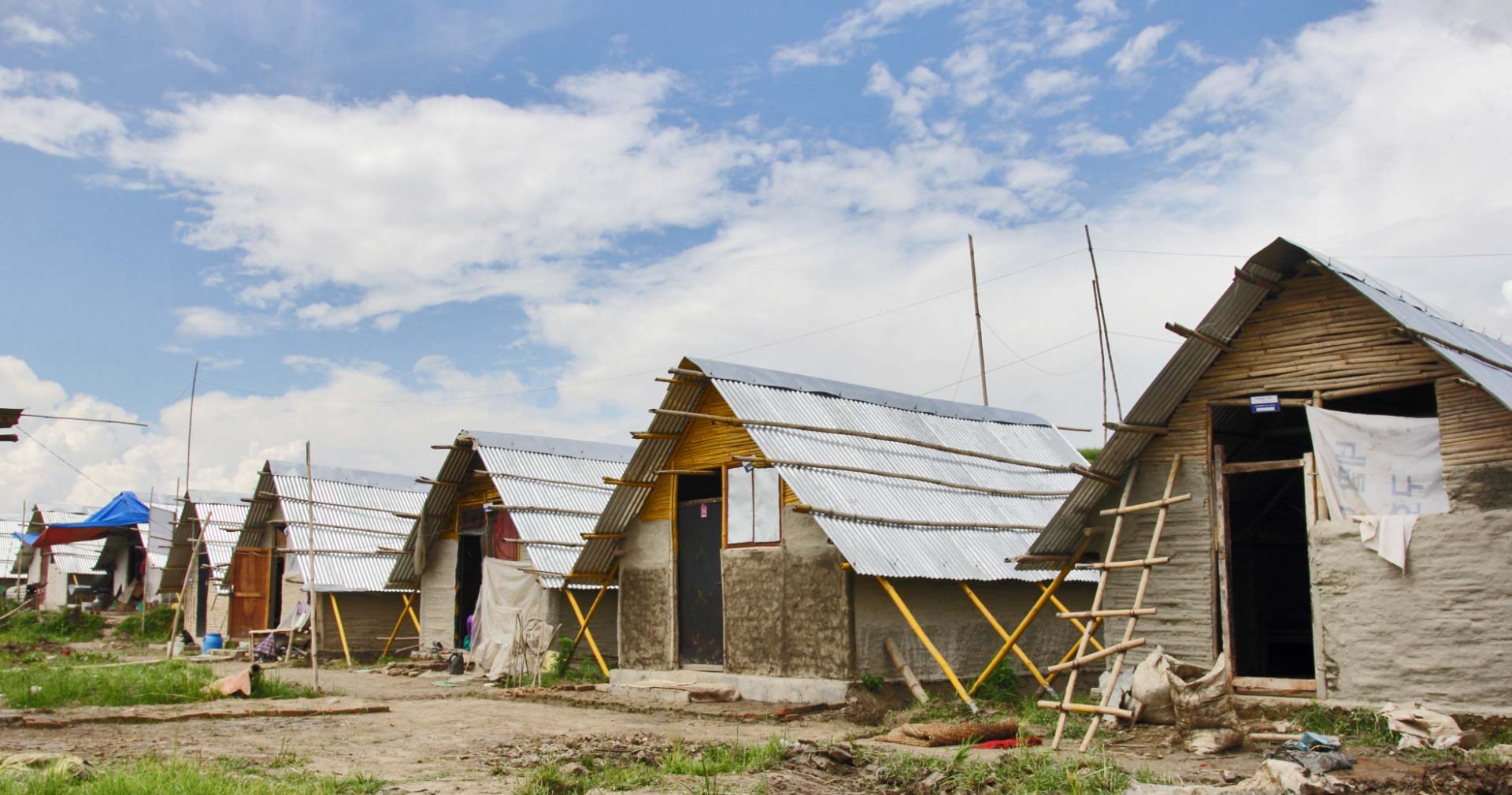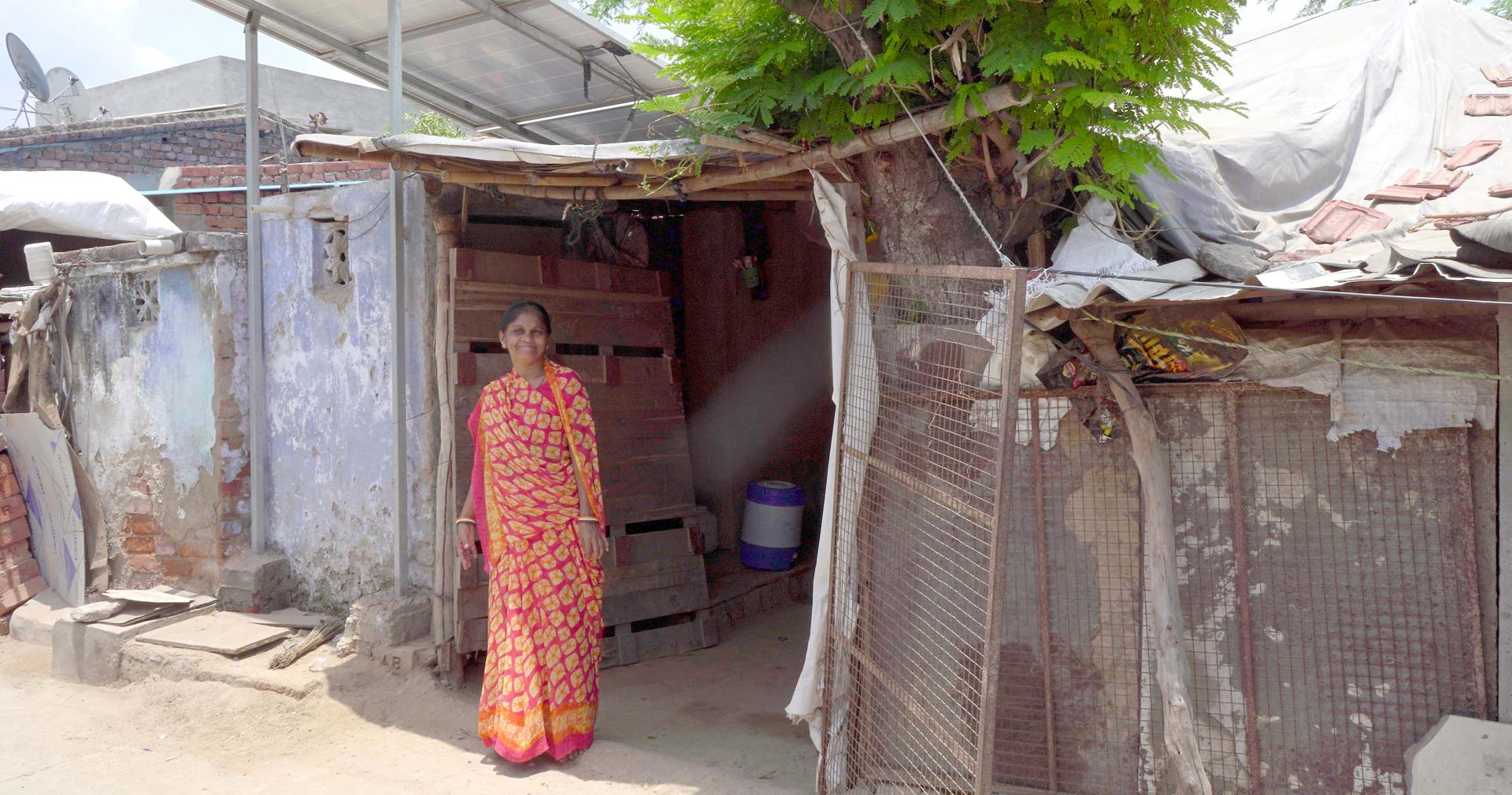Cities
Climate-smart homes, buildings, and local community infrastructure, and climate-friendly mobility
Home > Solution Areas > Cities
India is undergoing rapid urbanisation; its urban population is expected to grow to around 591 million by 2035, and by 2030, 70% of the country’s GDP is expected to come from urban areas. Most of the buildings that will exist in India by 2040 are yet to be built. Although India’s per capita greenhouse gas (GHG) emissions are far below the global average, this pace of urbanisation will lead to a significant spike in GHG emissions. Furthermore, cities are increasingly vulnerable to climate risks such as heat, floods, droughts, and cyclones, due to their high population density, the urban heat island effect, and – in many cases – their proximity to the coast. These combined factors threaten the safety and health of residents of urban informal settlements and migrant populations.
To build resilience to climate impacts and reduce emissions, cities need climate solutions that encompass climate-resilient buildings, low-carbon urban household appliances (for heating, cooling, and other purposes), as well as affordable, climate-smart transportation options. These solutions can make urban habitats sustainable and promote quality living for all, including marginalised communities.
Challenge
Climate-smart cities represent immense potential for sustainable habitats across India, through enhanced liveability, improved incomes, and better working conditions – contributing to poverty alleviation. They also promote increased energy efficiency and access to clean energy, and build resilience to climate risks and extremes, such as heat and floods. Yet, the conditions of modern cities present several challenges to such progress.
Many urban areas are characterised by inefficient use of land and resources, resulting in poorly planned urban expansions, congestion, sprawl, and an increase in unregulated and informal settlements that lack basic infrastructure and services. They also contribute to climate change; cities across the world account for over 70% of global carbon dioxide emissions. Buildings in India alone account for 25% of the country’s energy consumption and emit over 160 Megatonnes (Mt) of carbon dioxide. These emissions are two-fold: first, from the construction of the buildings themselves, which typically use significant quantities of emissions-intensive materials like steel and cement that require deep systemic changes to decarbonise; and, second, from the energy they consume as hotspots of residential and industrial activity, including heating and cooling needs. Thus, developing a sustainable buildings sector involves a medley of interventions that address both construction and energy use, including cooling solutions, alternative design and materials, energy efficiency, and more.
In the transport sector, 90% of emissions arise from road transport, powered by fossil fuel consumption and additionally causing air pollution, which is one of the major contributors to disease in India after malnutrition. Public transport systems in several cities are faced with a shortage of buses and trains, poor scheduling and frequency, inefficient routes, and low last-mile connectivity, restricting access to education and employment for the urban poor. As urban areas grow, inhabitants need access to affordable, low-carbon public transport and safe, non-motorised forms of travel (like cycling lanes and wider footpaths) to improve mobility and access to essential services. In addition, the move from carbon-intensive transport to electric vehicles will require the emergence of new infrastructure (such as charging stations) and capacity building for the workforce to service and deploy these technologies.
India’s cities are also witnessing a rapid decline in ecologically sensitive zones, natural ecosystems like water bodies, vegetation, and open permeable spaces, due to expansion of urban infrastructure. This decline in blue (rivers, lakes, wetlands) and green (trees, parks, gardens, forests) cover is reducing urban capacity to cope with climate-related shocks or risks, like floods, droughts, cyclones, extreme temperatures, and more. Residents of low-income and informal settlements in cities are more vulnerable to these risks, due to a lack of access to climate-resilient infrastructure; their living conditions are determined by poor urban planning, and high population density, as well as low quality energy and air, unsafe water, and informal sanitation systems.
Heatwaves, for example, are becoming longer and more intense – India could become the first country to break the human survivability limit for heat. This risk is particularly acute in urban areas due to the urban heat island effect, which causes temperatures to be warmer than suburban and rural areas by up to 2 degrees Celsius. This is due to several factors, including the use of heat-absorbing materials, reduced urban vegetation, poor spatial design, vehicular emissions, and energy-intensive buildings. Extreme heatwaves in summer are increasing human mortality and discomfort in cities, with dire consequences for sleep, health (including nausea, headaches, dizziness, heart palpitations, kidney and liver failure, increased infectious diseases), and education. Economic productivity is also threatened by heat, reducing safe working hours and lowering efficiency and incomes. Women, faced with household responsibilities, children, and the elderly in urban informal settlements are disproportionately impacted by heat stress, having to spend most of their time indoors in houses that are poorly ventilated and cannot adapt to extreme temperatures. Migrant workers and heat-exposed labourers are also extremely vulnerable due to a lack of adequate shelter, housing, and legal protections.
Many cities are also suffering frequent inundation and severe waterlogging, due to land use changes like the encroachment of green spaces and water bodies, and over concretisation (increasing impervious surfaces), and ineffective storm water drainage systems; as well as increasing climate risks like erratic rainfall and stronger storm surges along the coasts. The consequences of such flooding range from stagnation-induced spread of infectious water- and vector-borne diseases, electrocution, heavy economic damage to public and private infrastructure, and the disruption of critical services like healthcare, education, food, and potable water, and are disproportionately experienced by residents of urban informal settlements, migrant workers, and homeless individuals. Cities are also prone to drought, due to their high water consumption and falling groundwater levels, threatening inhabitants with acute water scarcity and difficulties in accessing quality water, sanitation, and hygiene.
Solution
Climate-smart solutions for cities provide residents, especially low-income communities, with climate-resilient private and public infrastructure, reliable access to basic services such as affordable energy and mobility, and environmental and socio-economic safety.
These achieve the twin goals of mitigating carbon emissions across living spaces and local infrastructure and building resilience to the impacts of climate change, while securing the health and well-being of individuals and supporting local livelihoods.
Build resilience to the impacts
of climate change
Mitigate carbon emissions
across urban spaces
Secure the health and well-being
of individuals
Range of responses
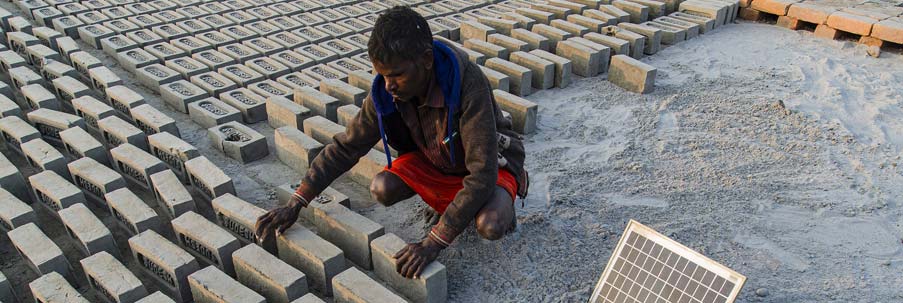

- Conducting research on sustainable building materials like fly ash or AAC bricks, construction methods, etc.;
- Building climate-friendly housing across heat hotspots;
- Building flood-resilient/cyclone-resilient/multi-hazard resilient housing, for example, on raised plinths/platform, with stronger housing material (bricks instead of mud to survive strong winds and floods), combined with materials like jute/bamboo that are easy to replace or dismantle; and reinforced with concrete stumps to make them sturdy;
- Constructing and maintaining disability-friendly multi-purpose flood/cyclone shelters that are accessible via good roads, integrated with rainwater harvesting/storage tanks and solar panels to secure energy and water access, and can accommodate livestock;
- Improving planning of stormwater drainage systems, distinct from sewerage systems, to tackle flood stress;
- Developing climate-resilient building standards.
- Improving natural ventilation through changes in layout and design of settlements, such as increasing the number of windows for better ventilation and natural lighting;
- Combining doors and windows with solar shading devices like awnings and canopies to reduce solar gains;
- Promoting cool roofs (using solar-reflective white paint, mosaic, membrane, or coconut husk/paper waste layer), and insulating ceilings;
- Passive heating techniques like trombe walls, direct solar gain technology, insulated roofs, and passive cooling techniques like wind towers, courtyard planning, as well as curtains, blinds, and shutters for summer;
- Installing low-cost heat monitoring systems for heat hotspots to provide real-time heat risk advisory;
- Increasing the penetration of sustainable cooling solutions (including refrigerants with low global warming potential (GWP), efficient ACs, etc.) both for residential and commercial uses.


- Establishing city-wide blue and green cover, through urban nature-based solutions;
- Increasing community parks, urban gardens, rain gardens, green roofs, and terrace gardens;
- Promoting vegetation and tree plantation along roads;
- Reviving and rejuvenating water bodies;
- Restoring/building rainwater harvesting and community storage tanks, public drinking water fountains, and water conservation structures to recharge groundwater aquifers;
- Naturalising storm drains into rivers in partnership with public authorities;
- Restoring mangroves, wetlands, and other coastal ecosystems in coastal cities.
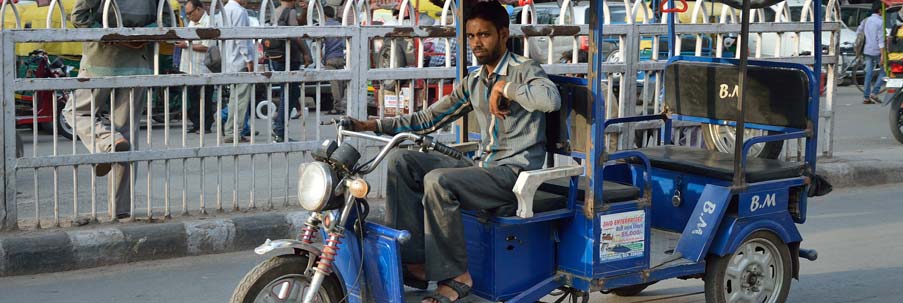

- Clean technology-based shared vehicles, including electric vehicles like e-rickshaws and e-carts;
- Larger windows and cool reflective roofs in buses and trains to decrease heat stress;
- Improved community waste transportation, like collection of segregated waste through battery-operated vehicles;
- Awareness programmes about sustainable urban transport and vicinity and transit maps to highlight climate-friendly routes;
- Training drivers and staff of public transport to secure commuters and infrastructure in the event of extreme weather like floods, rainfall, and cyclones.
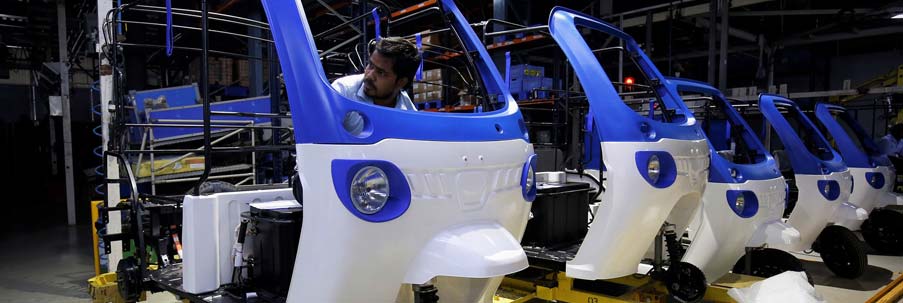

- Reskilling or upskilling residents/workers in traditional climate-friendly construction techniques and the use of local materials;
- Skilling of drivers/staff to join the formal workforce for electrified public transport;
- Skilling to maintain and repair assets of e-vehicles;
- Mobilising women/collectivising women-led Self Help Groups for increased awareness about resilience to climate shocks and stressors in urban areas;
- Recording community knowledge about local sites, to map settlements, roads, storm water drainage systems, access to essential services, etc., to aid resilience/disaster preparedness and response;
- Skilling to maintain community infrastructure such as rainwater harvest structures and stormwater drainage systems;
- Access to credit to support construction of low-carbon and climate-friendly houses and infrastructure.
Target groups
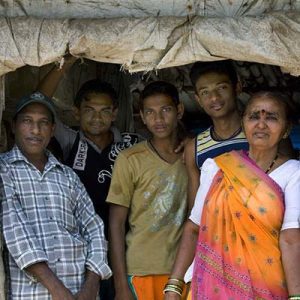

Low income communities


Women
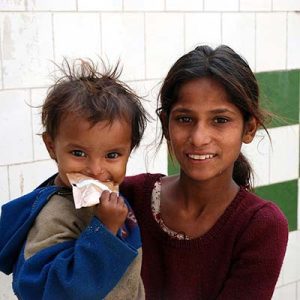

Children
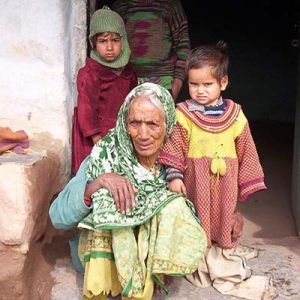

Elderly


Migrant workers/labourers


Drivers
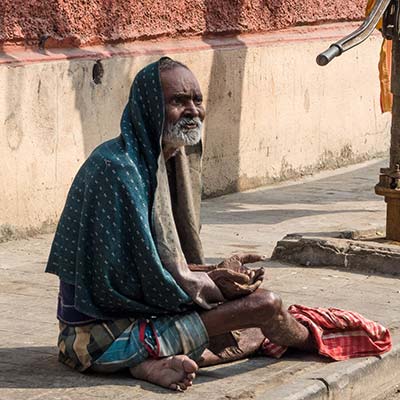

Homeless individuals
UN Sustainable Development Goals
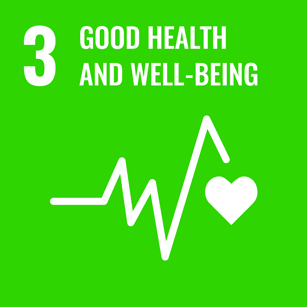

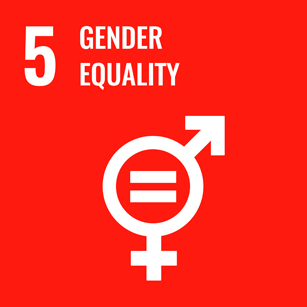

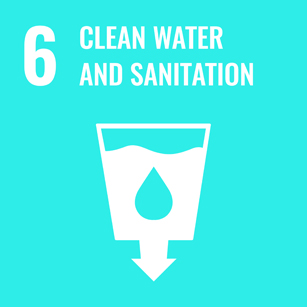

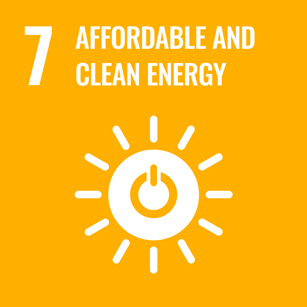





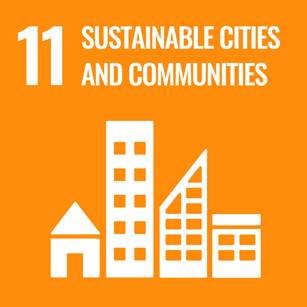

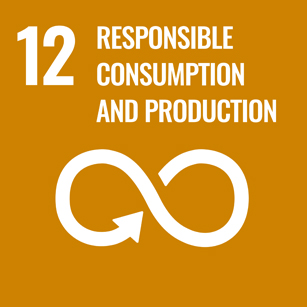



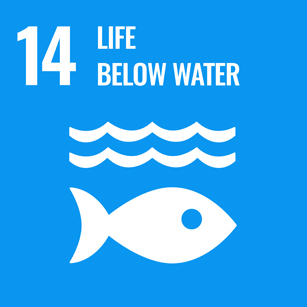

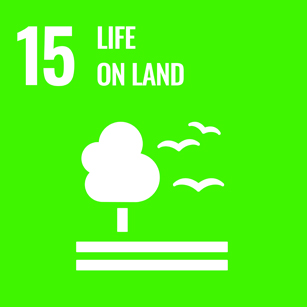

Key considerations
Tailor solutions to local needs and socio-cultural context
Combine climate solutions with development incentives
Collaborate with the required stakeholders
Prioritise urban nature-based solutions to address climate risks
Cities - Projects
Street vendors encounter substantial climate-related risks, including heatwaves, pollution, and waterlogging, directly impacting their livelihoods. These risks lead to shorter working hours, health problems, and the loss of perishable goods, jeopardising their income and overall means of living.
Hunnarshala Foundation’s project aims to build the resilience of 400 street vendors in the city of Bhuj, in Kutch District, Gujarat by introducing climate-resilient infrastructure in six street vending zones across the city. The project not only focuses on implementing street vending zones and providing essential services in accordance with the Street Vendors Act (SVA), 2014 but also aims to use low-carbon, climate-resilient materials, innovations, and techniques for the infrastructure.
To ensure inclusivity and ownership in the implementation process, the project follows a participatory approach, involving stakeholders, including street vendors. It also has a provision for capacity building for the street vendors to effectively implement, operate, and maintain the climate-resilient infrastructure.
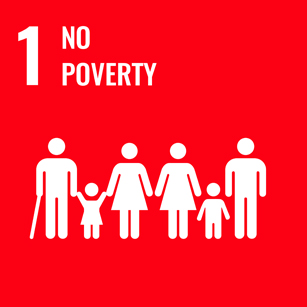


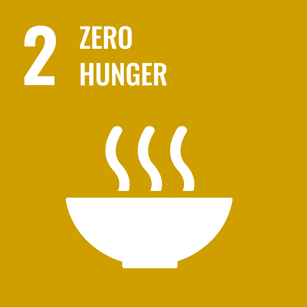








The increasing frequency and severity of extreme weather events and disasters in India, exacerbated by climate change, damages and destroys thousands of homes each year. The intensity and frequency of such extreme events are projected to only increase in the near future, thus exposing the vulnerability of communities to the devastating impacts of climate-related catastrophes. The issue is compounded by the use of sub-standard construction materials, which compromises the structural integrity of buildings and heightens the risks faced by communities, particularly in disaster-prone areas.
As India grapples with the urgent need for infrastructure development, the challenge lies in balancing the essential nature of housing with the imperative need to build resilience to the impacts of climate change, as well as mitigating greenhouse gas (GHG) emissions. Therefore, a comprehensive approach is required to address the housing needs of the most affected communities and integrate climate resilience, sustainable materials, and community empowerment into the equation.
In this context, Sustainable Environment and Ecological Development Society (SEEDS) proposes establishing a scalable model for low-carbon, climate-resilient housing in highly vulnerable climate zones. This model entails either rebuilding or retrofitting the homes of the most vulnerable populations, utilising sustainable materials. The project also encompasses the development of replicable approaches to expand the impact of resilient housing initiatives across various regions, facilitated by a central hub. This hub will consist of a prototype house constructed from climate-resilient materials; a marketplace offering locally available, sustainable, and quality materials; and a training center.
The project aims to enhance the availability and affordability of suitable materials for climate-resilient housing by leveraging local resources and promoting traditional building practices. It also aims to facilitate access to financial and technical assistance for procuring such materials. Recognising the significance of increasing community knowledge regarding sustainable construction materials and technologies in the context of disaster resilience, the project seeks to empower communities to make informed decisions regarding their housing needs through education and awareness initiatives.
By actively involving communities in the design, construction, and maintenance processes of their houses, the project aims to enhance community resilience to the impacts of climate change while fostering a sense of ownership and pride in their housing infrastructure.










Climate change poses significant challenges to low-income slum communities in various states of India, including Delhi, Gujarat, Madhya Pradesh, Maharashtra, and Rajasthan. In the face of increasing climate-induced risks such as heatwaves and floods, this project by Mahila Housing Trust (MHT), over a period of 3 years, aims to build the resilience of these communities, particularly home-based women workers in urban slum settlements.
This involves providing them with tailored solutions encompassing the built environment, sustainable energy, technology, and financial linkages. MHT will customise the number and type of solutions based on the household requirement, which will be ascertained through a needs assessment in the project planning phase. By focusing on improving lives, livelihoods, and empowering local institutions, this project aims to reduce vulnerability and enhance resilience of urban slum communities to the impacts of climate change.

















